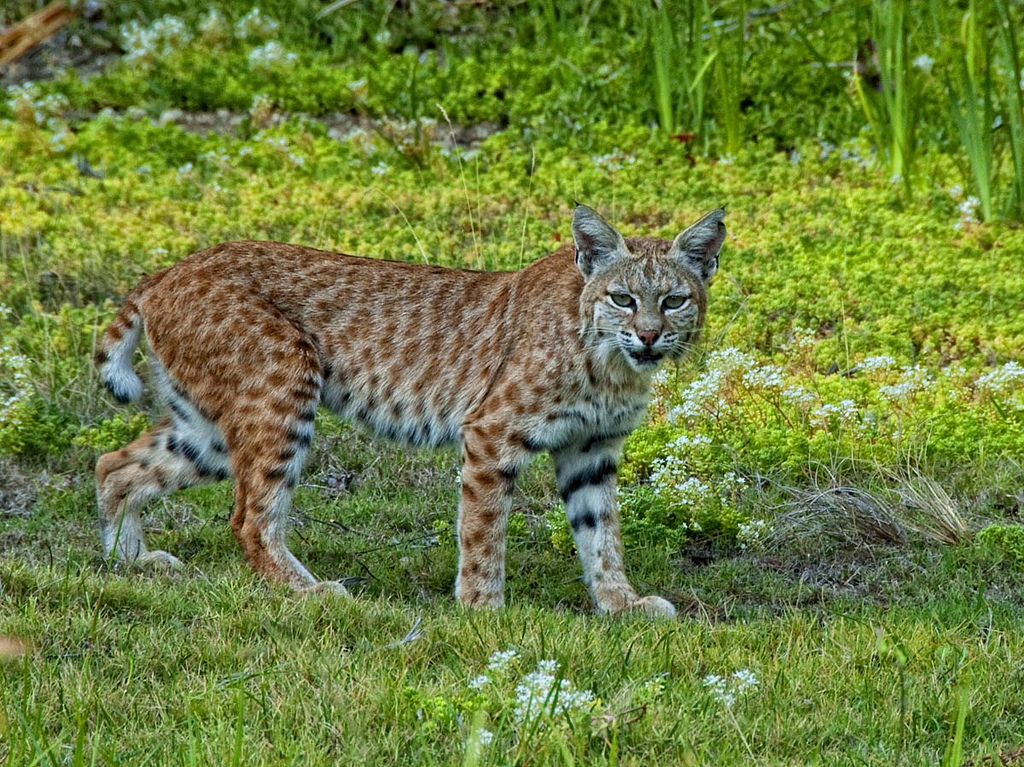This post has been updated multiple times and remains one of the most popular and probably the most commented on posts.
New Jersey's largest cat is officially the bobcat, but these reports to animal control officers are saying this is not a bobcat but a mountain lion (AKA cougar or puma). There is a significant difference between a domestic cat, bobcat and mountain lion and they really shouldn't be confused. The evidence so far is just some grainy video and a fuzzy photograph taken with a hunter's game camera.
According to mountainlion.org, "Before European settlement, mountain lions once occurred throughout New Jersey and moved between New Jersey and neighboring states. Ideal habitat would have occurred in the forests, hills, and along the timbered streams, but mountain lions could have persisted anywhere there was ample prey. Direct persecution, conversion of wildlands to agriculture and human development, roads and highways, and other forms of habitat loss all contributed to the decline and ultimate extirpation of mountain lions in New Jersey."
In other words - No Mountain Lions in NJ. And yet, reports keep coming in. There was a report of one in Ewing Township back in 2018 that inspired the original version of this post. Check the comments on this post below and you'll see that since it was originally posted regular sightings continue to come in.
 |
| Bobcat - Photo: Public Domain, via commons.wikimedia.org |
Bobcats are known to live in New Jersey and are considered endangered by the NJDEP. A bobcat is considered a medium sized-cat, about two feet tall. Though they are larger than a house cat, they are much smaller than a mountain lion. Adult bobcat females in NJ generally weigh between 18 and 25 lbs. and adult males can weigh as much as 35 lbs.
 |
| A camera trap image of a cougar in Saguaro National Park - Flickr, CC BY 2.0, Link |
Mountain lions, which once did live in this area, are believed to have been extirpated long ago. The Eastern cougar or eastern puma (Puma concolor couguar) is the name given to the extirpated cougars that once lived in northeastern North America. They were part of the subspecies of the North American cougar that is considered gone from the east coast by a U.S. Fish and Wildlife Service (FWS) evaluation in 2011.
Press Coverage in NJ of Sightings
pressofatlanticcity.com
nj.com/camden
About Reported Cougar Sightings in the East
wsj.com/articles/eastern-mountain-lions-may-be-extinct-but-locals-still-see-them
nationalgeographic.com/
blueridgeoutdoors.com/go-outside/eastern-mountain-lion-mystery/












